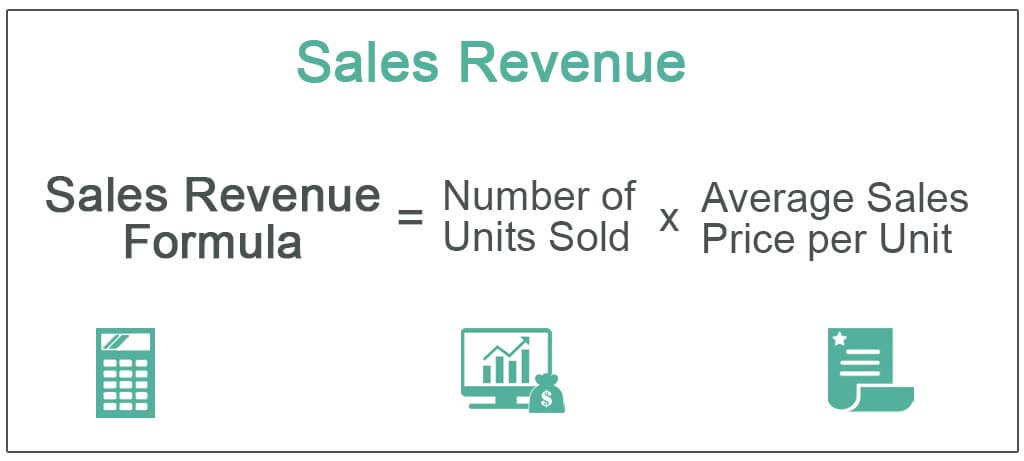
Deferred income, on the other hand, is income that is paid in advance for goods or services. Deferred income is reported on the balance sheet as a liability. Accrued how to find revenue in accounting income is income that you have earned but has not yet received. For example, your income is accrued if you worked in June but won’t get paid until July.
How do we calculate revenue?
Both revenue and cash flow should be analyzed together for a comprehensive review of a company’s financial health. Knowing your company’s accounting profit can make it easier to plan for its financial future. A business may need to accrue revenue when it has delivered goods or provided services, but is unable to issue an invoice to formally record the revenue.
The Difference Between Revenue and Cash Flow
Revenue is the money brought into a company from its business activities over a specified period of time, such as a quarter or year, before subtracting expenses. Revenue can be broken down into operating and non-operating revenue. The bulk of all revenue generated by a business is usually operating revenue, with rare exceptions. A variety of expenses related to the cost of goods sold and selling, general, and administrative expenses are then subtracted from revenue to arrive at the net profit of a business. Revenue can be calculated for a provider of services by multiplying the average service price by the number of units of service provided. For example, a massage service charges $80/hour, and provides 1,000 one-hour massages, resulting in $80,000 of revenue.
Deferred Revenue
The amount that remains after deducting all business costs, such as cost of goods sold, from your gross revenue is known as net revenue or net income. Once more, total revenue is the income of your company before deducting costs. Once you have your sales organised and updated, you can learn how to calculate revenue in accounting.
Thus, revenue recognition is delayed under the cash basis of accounting, when compared to the accrual basis of accounting. There were many standards governing revenue recognition, which have been consolidated into a GAAP standard relating to contracts with customers. Any money coming in from outside of core business operations (selling products and services) is considered nonoperating income and is included in revenue but not sales. Cash accounting records sales revenue in the general ledger when the payment is received, regardless of when the company actually provides the good or service. When a business spends money on goods and services, the costs are reported as expenses.

What Is Accrued and Deferred Revenue?
At first, the losses might not seem like much, but after a year, your firm might take a serious impact. Public finance, personal finance, and corporate finance are the three primary sub-sectors that traditionally make up the finance sector. The many sources of revenue for each category can range greatly, as we have shown above. Although the categories above are not all-inclusive, they do provide you a basic idea of the most typical forms of revenue you’ll come across. Making simple estimates under the premise that past trend would continue while accounting for seasonal fluctuations is one way to forecast financial data.
- A business will therefore see a profit when its revenue exceeds its expenses.
- Revenue is known as the top line because it appears first on a company’s income statement.
- In this case, the company will record the revenue on the income statement and create an “accounts receivable” account on the balance sheet.
- Accountants must carefully calculate revenue for each product to ensure they report everything accurately.
- Income, also known as profit, is the net amount of revenue after all expenses have been deducted.
Activities that generate operating revenue are directly related to the primary line of the business. As shown below, Microsoft reported revenue of $61.9 billion in the three months to March 31, 2024. High-level reporting requirements have Microsoft’s income statement being shown between product revenue and service/other revenue. When public companies report their quarterly earnings, two figures that receive a lot of attention are revenues and EPS. A company beating or missing analysts’ revenue and earnings per share expectations can often move a stock’s price. Now that you have a clear accounting profit definition, the next step is to understand why it’s important.
For businesses in general, the goal is to grow revenues while keeping the cost of production or service as low as possible. Revenue is often used to measure the total amount of sales a company makes from its goods and services. Income is often used to incorporate expenses and report the net proceeds a company has earned. Cash accounting, on the other hand, will only count sales as revenue when payment is received. Cash paid to a company is known as a “receipt.” It is possible to have receipts without revenue. For example, if the customer paid in advance for a service not yet rendered or undelivered goods, this activity leads to a receipt but not revenue.
Even more, the app generates cash flow insights so you can see how much cash you bring in and out at any given time and how you can improve it. So, what’s the difference between total revenue and net revenue? Net revenue, or net income, is the amount left over after subtracting any business expenses, like cost of goods sold, from your gross revenue. Again, total revenue is your business’s income before subtracting expenses. Total revenue, also called total sales or gross revenue, is the amount of income that your business made from all sales before subtracting expenses.







